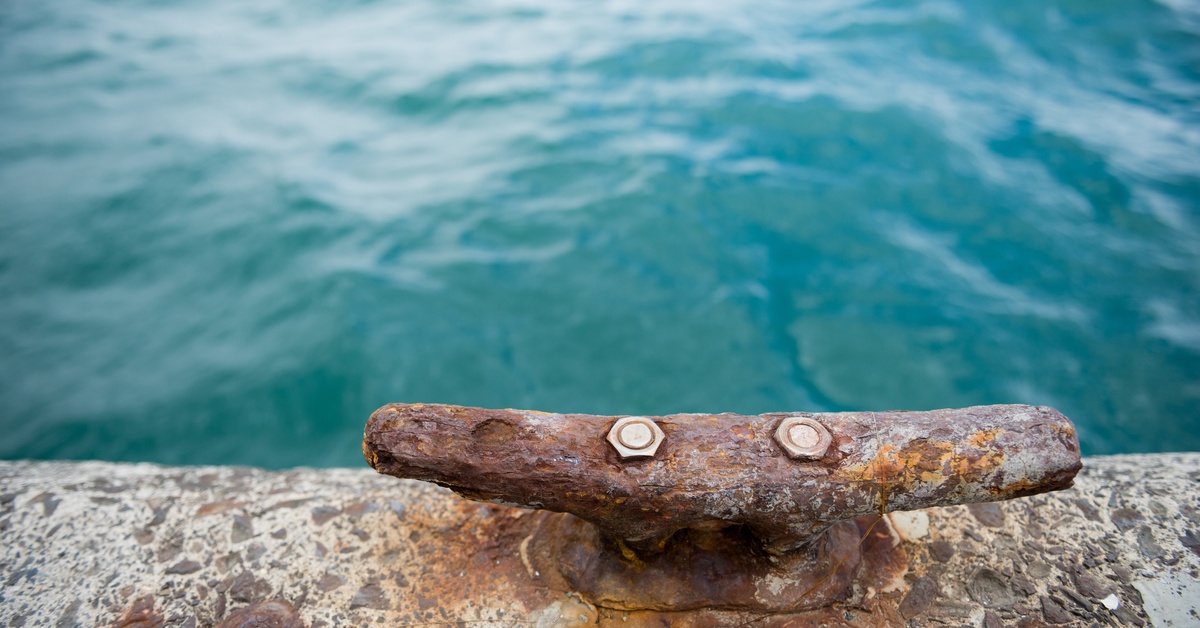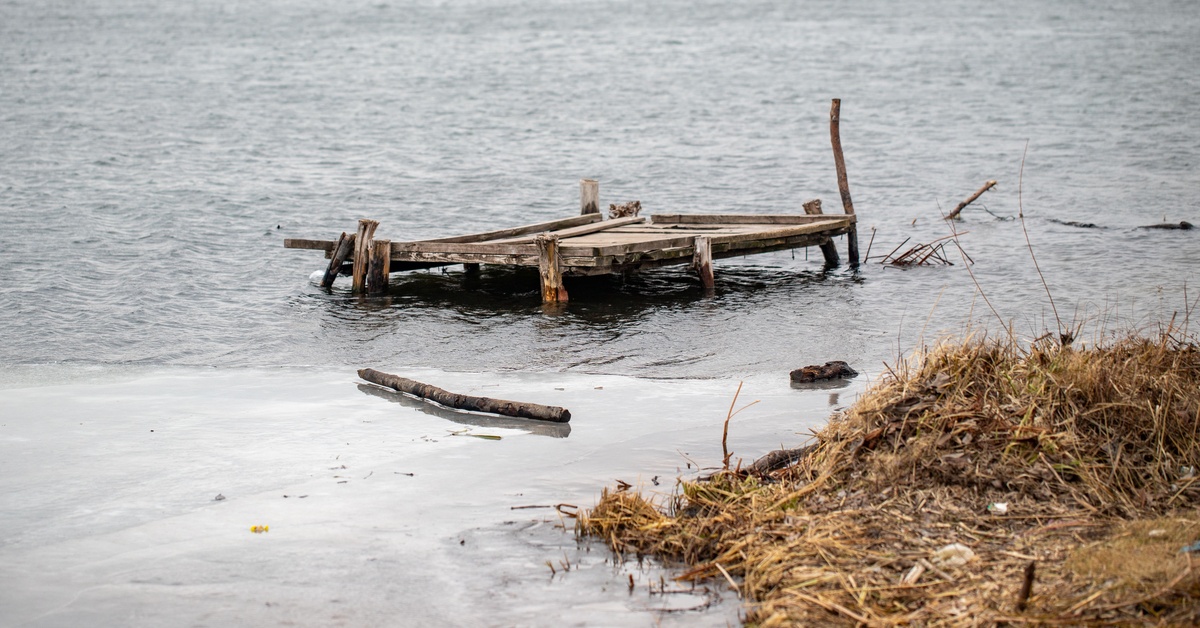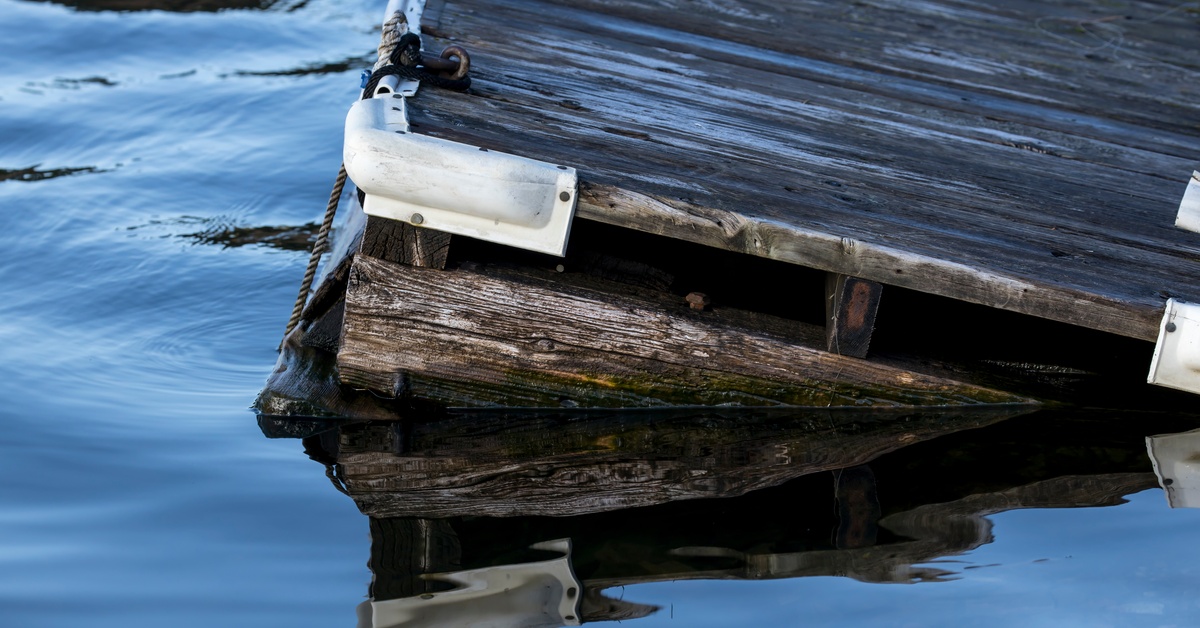9 Signs You Need To Replace Your Boat Dock Right Away
A boat dock is more than just a place to tie up your vessel; it’s a central hub for all your waterfront activities, from launching adventures to enjoying serene sunsets. However, they’re constantly exposed to the elements, which take their toll on any dock.
Recognizing the signs that your boat dock needs replacing can save you both time and costly repairs while ensuring the safety and enjoyment of your waterfront experience. If you’re wondering whether it might be time for a new dock, this guide will walk you through the key indicators to look out for.
Rotting Wood
Soft or spongy spots are one of the first indicators of rotting wood. If the wood feels weak underfoot or starts to show signs of decay, it’s often a result of prolonged moisture exposure and can quickly become dangerous.
Mold and mildew growth is another telltale sign. While you can clean some mold away, excessive or stubborn patches often point to underlying rot that compromises the dock’s structural integrity. Additionally, a persistent damp, musty odor emanating from the structure is a clear warning that rot may have already spread throughout the wood, even in places you can’t see.

Rusted or Corroded Metal Components
Rusted or corroded metal components are more than just an eyesore; they pose serious safety and structural risks. Over time, bolts, brackets, and nails wear down from constant exposure to water and the elements, weakening their grip and diminishing the dock’s overall integrity.
This is particularly concerning in load-bearing areas, where corroded metal can compromise the strength of the entire support structure, leading to potential hazards. Broken or completely rusted parts, such as snapped brackets or degraded fasteners, require immediate attention and replacement to ensure the dock remains safe for use.
Instability and Movement
Your dock should feel rock-solid when walking on it. If it wobbles when you walk on it or tilts to one side, something’s wrong with the structural frame. When your dock sags under normal weight, that’s your dock telling you its support system is failing.
Additionally, if your dock seems to be sinking or sitting unevenly in the water, the pontoons or floats might be compromised, reducing their effectiveness. Another common culprit is loose connections. If your dock shifts too much underfoot, worn-out supports or fasteners could be to blame.
Excessive Wear on Pilings
Excessive wear on pilings is a common issue that can affect the stability and safety of roll-in docks. Cracked or rotted pilings are a clear warning sign, as these damaged supports can make the entire structure unsteady. Over time, exposure to the elements and constant contact with water deteriorates the wood, leading to weakened pilings.
Marine life, such as barnacles or wood-boring pests, can also cause significant damage by eating away at the structural integrity of the pilings. Erosion around the bases of the pilings is another factor that compromises their stability, often caused by shifting soil or strong water currents.
Safety Hazards
If you no longer feel safe on your boat dock, this is the top sign that you need to replace it right away. One of the key safety considerations for roll-in docks is addressing exposed nails or screws. Protruding hardware not only poses a risk of cuts and injuries to those walking on the dock but can also result in costly damage to boats as they dock or tie up. Another common safety concern is slippery surfaces, which are caused by constant exposure to water and algae growth.
Older dock materials that lack sufficient grip become particularly treacherous after rain or splashes from the water. Additionally, tripping hazards, such as uneven boards, gaps, or unexpected protrusions, should always be identified and remedied promptly.
Water Damage To Underground Sections
Water damage to the underwater sections of roll-in docks is an issue that often goes unnoticed until it becomes significant. One of the primary concerns is rot developing below the waterline. Rot below the waterline frequently spreads unchecked until serious problems appear above the water. By then, repairs become much more complicated and expensive.
Another critical issue is foundation shifts. Strong currents or fluctuating water levels can destabilize the base of your dock, leading to an uneven dock or, in worst cases, structural failure. If you notice any signs of instability, assessing the base and considering replacements or reinforcements to maintain safety and functionality is essential.
Outdated Materials
Older docks may feature designs that fail to align with today’s safety and efficiency standards. These older docks often lack modern advancements, such as modular sections or ergonomic accessibility features, which can make them harder to maintain and less practical to use.
Traditional materials, such as plain wood and regular steel, simply don’t hold up well in water environments. Over time, untreated wood can rot, while exposed steel may corrode, reducing the dock’s lifespan. By comparison, modern roll-in docks with aluminum or weather-resistant composites offer remarkable durability, standing strong against the elements for years with minimal maintenance.
Frequent and Costly Repairs
Frequent and costly repairs can quickly turn your roll-in dock from a convenient boating solution into a frustrating money pit. Constant fixes, such as replacing rotted planks or addressing rusted components, consume both time and resources, leaving you with little return on your investment.
If you find yourself repeatedly patching up the same issues, it’s worth considering whether a full replacement might save you money and effort in the long run. Rising maintenance costs steadily erode any initial savings, making modern, durable options like aluminum roll-in docks a smarter and more sustainable choice for years of hassle-free use.

Widespread Damage After a Storm
Severe weather events like hurricanes, powerful storms, or heavy flooding wreak havoc on docks, often leaving them beyond repair. Strong winds and surging waves can displace or destroy entire structures, while prolonged exposure to flooding weakens their foundations. Such extreme conditions make it difficult, if not impossible, for older materials to withstand the relentless force of nature.
Another common issue following a storm is the damage caused by floating debris. Branches, logs, and even human-made objects carried by turbulent water can collide with docks, causing significant cracks, structural displacements, or other forms of damage. These impacts not only compromise the dock’s integrity but may also require costly and time-consuming repair efforts. Having a durable, modern dock system in place helps minimize these risks and provides greater peace of mind in the face of nature’s unpredictability.
If you need an ASAP replacement, Roll-In Docks has everything you need to get the job done quickly and easily. With our DIY equipment and roll-in dock wheel kits, you can easily install your own roll-in dock and be back on the water in no time. Our durable, modular components and innovative design make our docks a reliable choice for any waterfront property. Don’t wait until it’s too late to upgrade your current dock system. Choose Roll-In Docks for a hassle-free and long-lasting solution.


